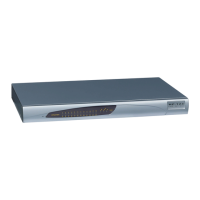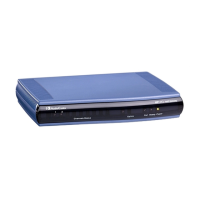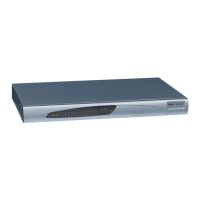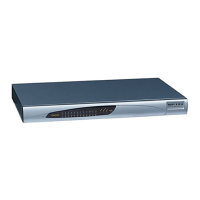5.4 Connecting MP-11x to FXO Interfaces
The procedure below describes how to cable the MP-11x FXO interfaces.
Warnings for FXO Port Interfaces:
• The device does not include primary telecom protection! Additional protection
(usually a 350V 3-pin Gas Arrestor as described in ITU-T K.44) must be provided
at the entry point of the telecom wires into the building (usually on the main
distribution frame or MDF), in conjunction with proper grounding. If primary
protection is not implemented, permanent damage to the device may occur due to
external power surges and/or lightning over the telecom lines.
• Ensure that you connect FXO ports only to CO/PBX lines; otherwise, damage to
the device may occur.
• To protect against electrical shock and fire, use a 26 AWG minimum wire to
connect FXO ports to the PSTN.
• FXO ports are considered TNV-3.
Notes:
• If SRTP is enabled, the device "borrows" resources (DSPs) for this functionality
from other ports, making these ports unavailable for calls:
√ MP-114: Port 4 is unavailable for calls
√ MP-118: Ports 7 and 8 are unavailable for calls
• FXO (Foreign Exchange Office) is the interface replacing the analog telephone
and connects to a Public Switched Telephone Network (PSTN) line from the
Central Office (CO) or to a Private Branch Exchange (PBX). The FXO is designed
to receive line voltage and ringing current, supplied from the CO or the PBX (just
like an analog telephone). An FXO VoIP device interfaces between the CO/PBX
line and the Internet.
Cable specifications:

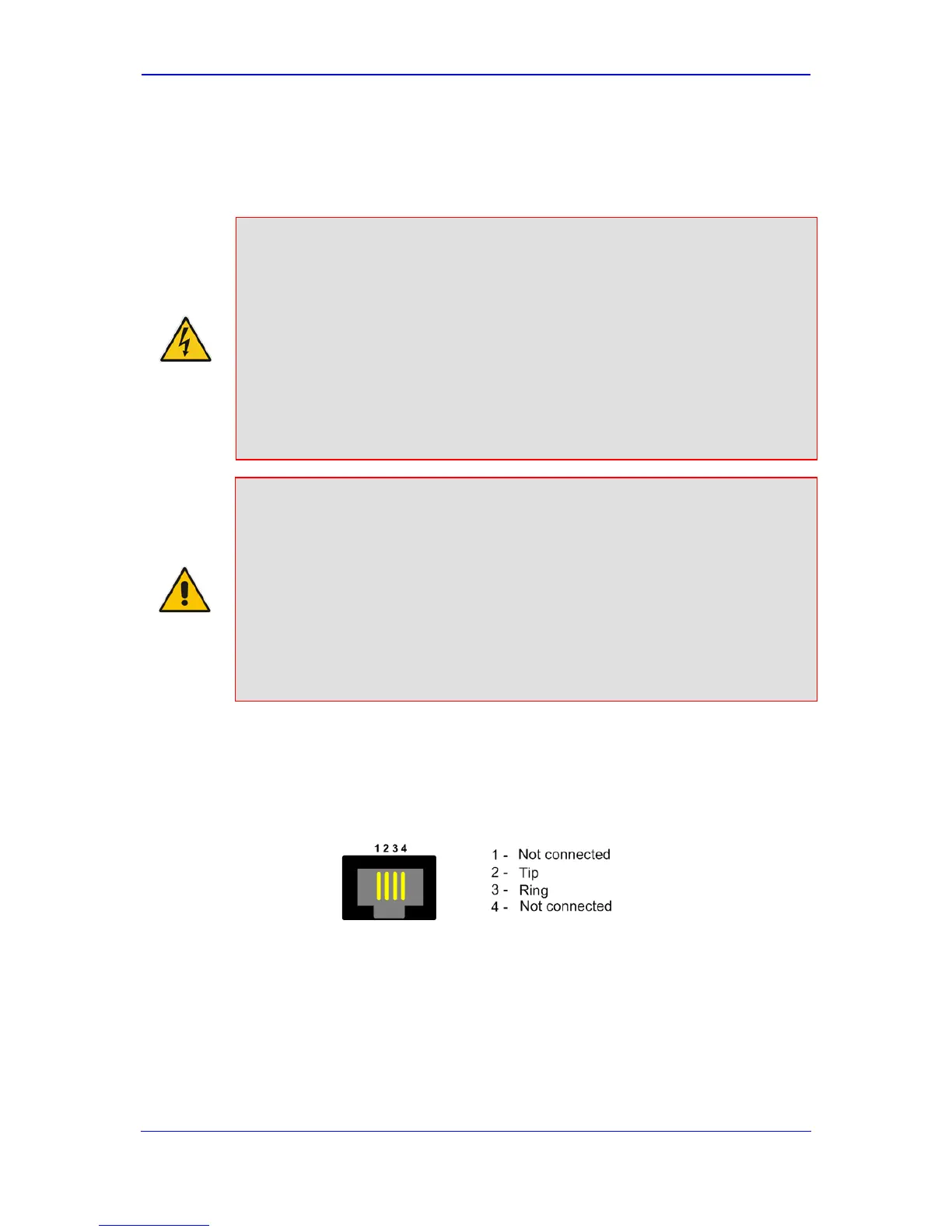